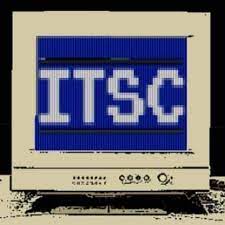- Modular TM-B switches from trail machine to cargo bike in seconds
- Removable battery packs can be used as portable power
- Also has developed next-gen helmet tech to match
Rivian is busy shaking up the electric vehicle market, creating a sophisticated architecture that keeps almost every part of its vehicles in-house, rather than relying on an endless stream of Tier 1 suppliers.
It caught the eye of the Volkswagen Group, which recently paid Rivian $5.8 billion to gain access to its pioneering electrical knowhow. But the very same technological USP has spawned another interesting plot twist in the form of a highly modular e-bike.
Also (also written as ALSO), a Palo Alto, California-based, vertically integrated electric micro-mobility company, has today announced its initial line-up of small electric vehicles that it hopes will “disrupt” (of course) personal transport.
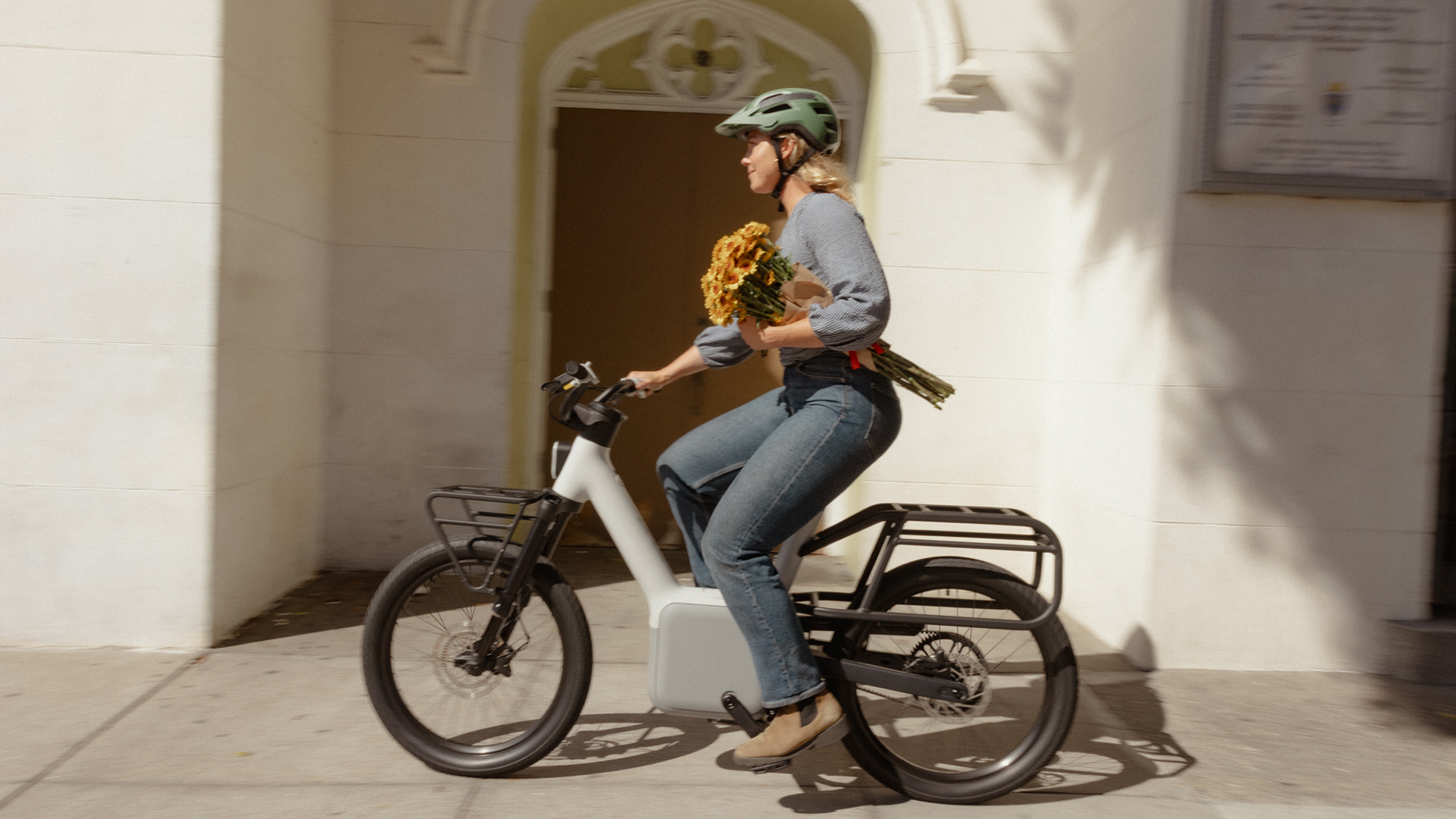
Its debut product, the TM-B, which stands for Transcendent Mobility Bike, features a unique modular design that houses a number of changeable ‘top frames’. At the press of a button on the built-in digital display, the user can swap out what is effectively the seat post area for a variety of configurations.
There’s a standard saddle for recreational riding and a cargo-bike style rear that can house child seats and panniers. On top of this, there is a third, much lower bench seat that essentially transforms the bike into a more traditional scooter or small capacity motorcycle set-up.
Each ‘top frame’ is recognized by the bike, which in turn will be set up to the user’s specifications. What’s more, these accessories are powered, so can run rear safety lights, while they lock into place with an electrical binding mechanism similar to those found on a snowboard.
Easy rider
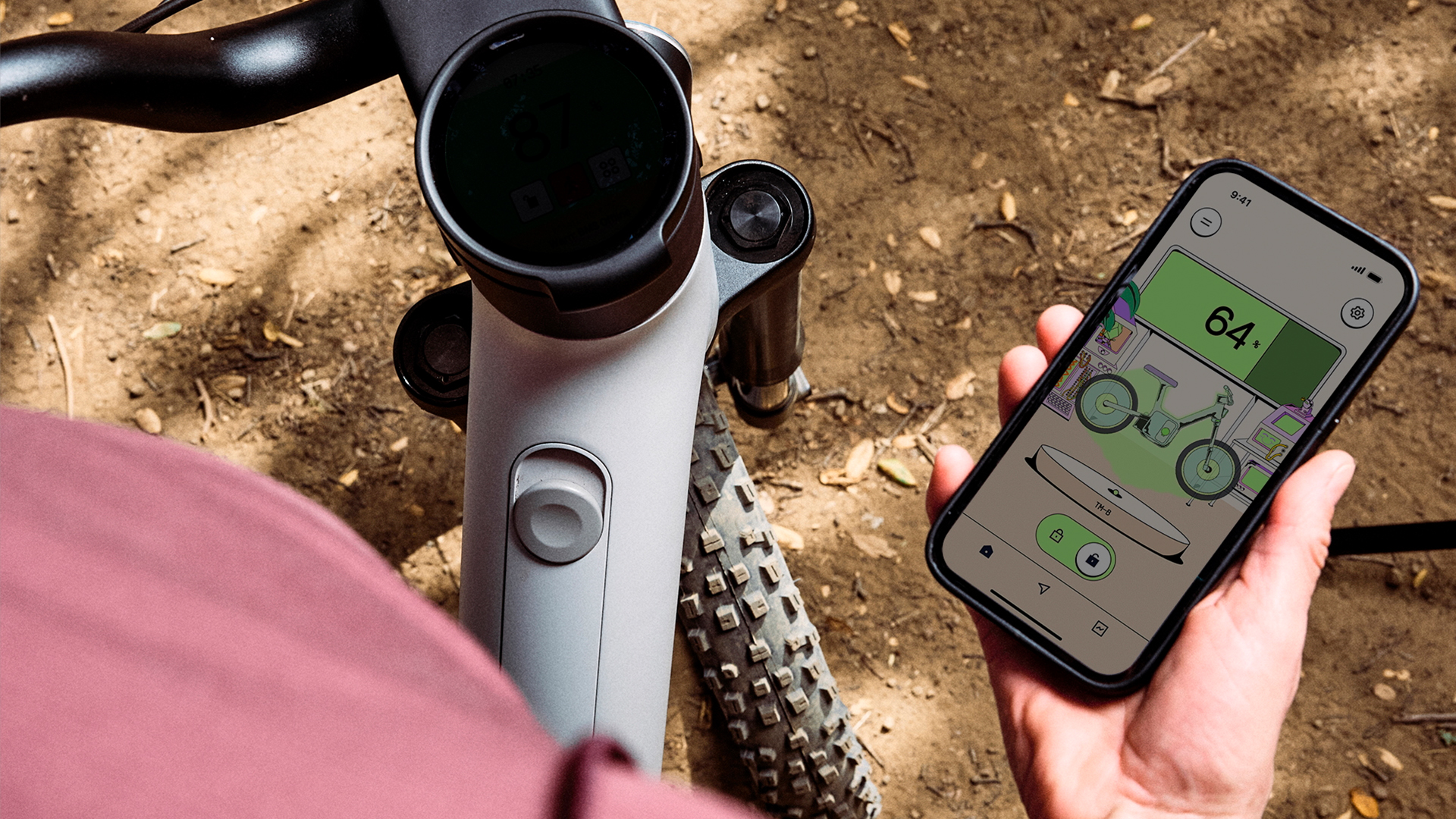
Perhaps the most interesting technology resides where a traditional bottom bracket would, as this large section houses both the removable battery pack and the pedal-by-wire system, dubbed DreamRide.
Similar to steer-by-wire technology, this system lacks any physical connection between the cranks and the final drive, be it a belt or chain.
Instead, Also uses a plethora of onboard sensors to determine the gradient of the landscape, the effort being put in by the user and the desired speed.
There are 10 levels of assistance on offer, while users can also choose a software mapping that simulates real gearing ratios, allowing for manual shifting when riding the trails or other recreational settings.
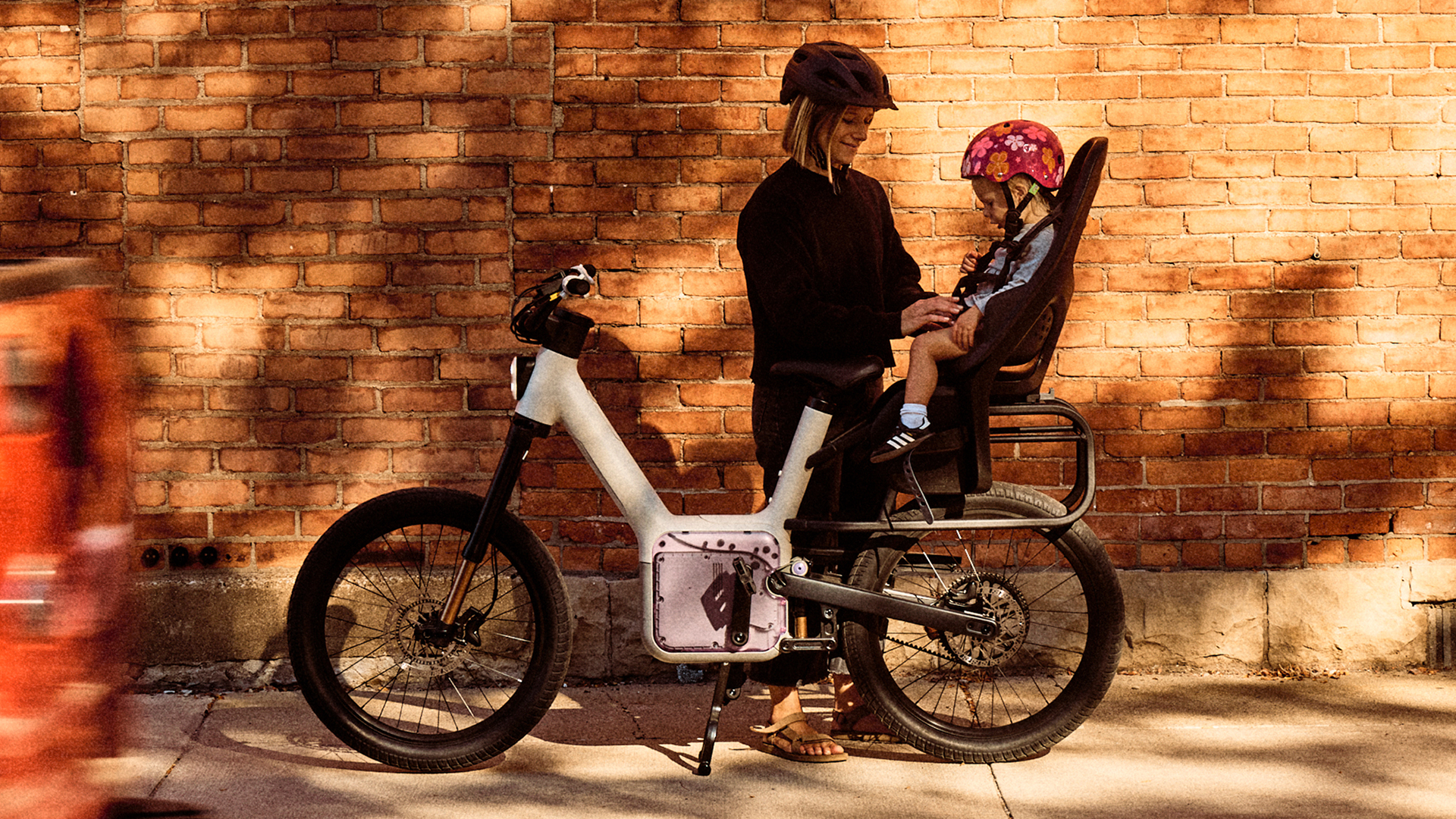
It will be recognized as a Class 3 e-bike in the US, which means it can offer pedal assistance up to 28mph, although this can be adapted to suit local laws and legislation when it is rolled out globally.
Chris Yu, founder and president of Also, says that the pedal-by-wire system is designed to “reduce the pain points” many potential e-bike customers face when they first throw a leg over – such as learning to juggle assistance settings, changing gears and becoming familiar with assistance output based on the amount of torque placed through a crank.
The TM-B and software-defined DreamRide aim to banish the learning curve by making all of those decisions for the rider based on the level of assistance they want at the time. It also allows for advanced regenerative braking that can feed power back into the removable battery pack.
Venturing off-grid

On that subject, the vehicle-grade battery, which uses the same cells as Rivian, doubles-up as a premium portable power bank, allowing for USB-C fast charging via two outlets, one of which offers up to 240 watts. That’s enough to power a laptop, or even camping accessories when heading off into the wilderness.
Interaction with the bike is through Also’s ‘Portal’ digital touchscreen display, which can be operated with swipes and prods, or via a hard button configuration mounted to the handlebars.
This allows users to take control of media on a connected smartphone, make on-the-fly adjustments to settings and make the most of the numerous security options, which sees the smartphone used as a key for automatic power on and locking when approaching or departing.
Chris Yu says that the bike “disconnects” the drive system, locks the rear wheel and initiates a tamper-proof alarm system when the user walks away with the smart key.
What’s more, every piece of technology can be remotely “bricked” by the app in the case of theft, with the battery, DreamRide drive unit and touchscreen all “Apple-level” disabled, meaning the bike could only really be sold as scrap on the black market.
The future of micro mobility?
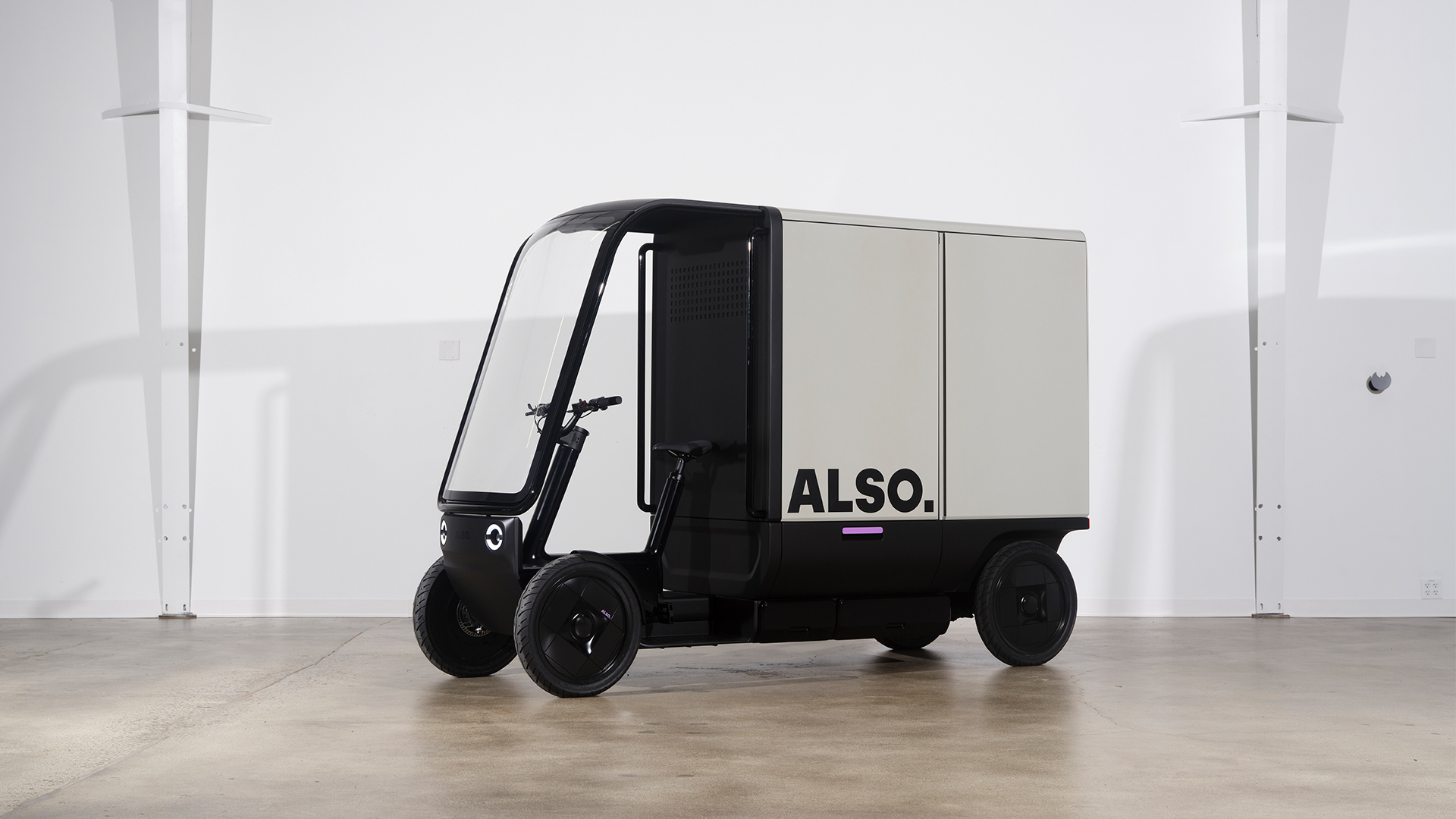
Alongside the TM-B, Also has developed its Alpha Wave Helmet, which it says will be the first to incorporate Release Layer System (RLS) technology.
This is said to offer a “step-change in rotational impact protection” compared to current-gen MIPS. The helmet also packs integrated lights and four wind-shielded speakers that fire directly into the rider’s ears.
Two noise-cancelling microphones allow for on-the-go phone calls, as well as voice-activated interaction with a smartphone.
Not content with simply shaking up the e-bike market, Also says that it has used the same basic platform, the majority of which is designed and manufactured at Rivian’s facility using similar components to its pick-ups and SUVs, to create a range of quads.
As the name would suggest, these TM-Qs pack four wheels for greater stability and can be customized to offer a large cargo area at the rear for last-mile delivery solutions.
Alternatively, a large bench seat array can be specified for transporting a gaggle of kids to school and back.
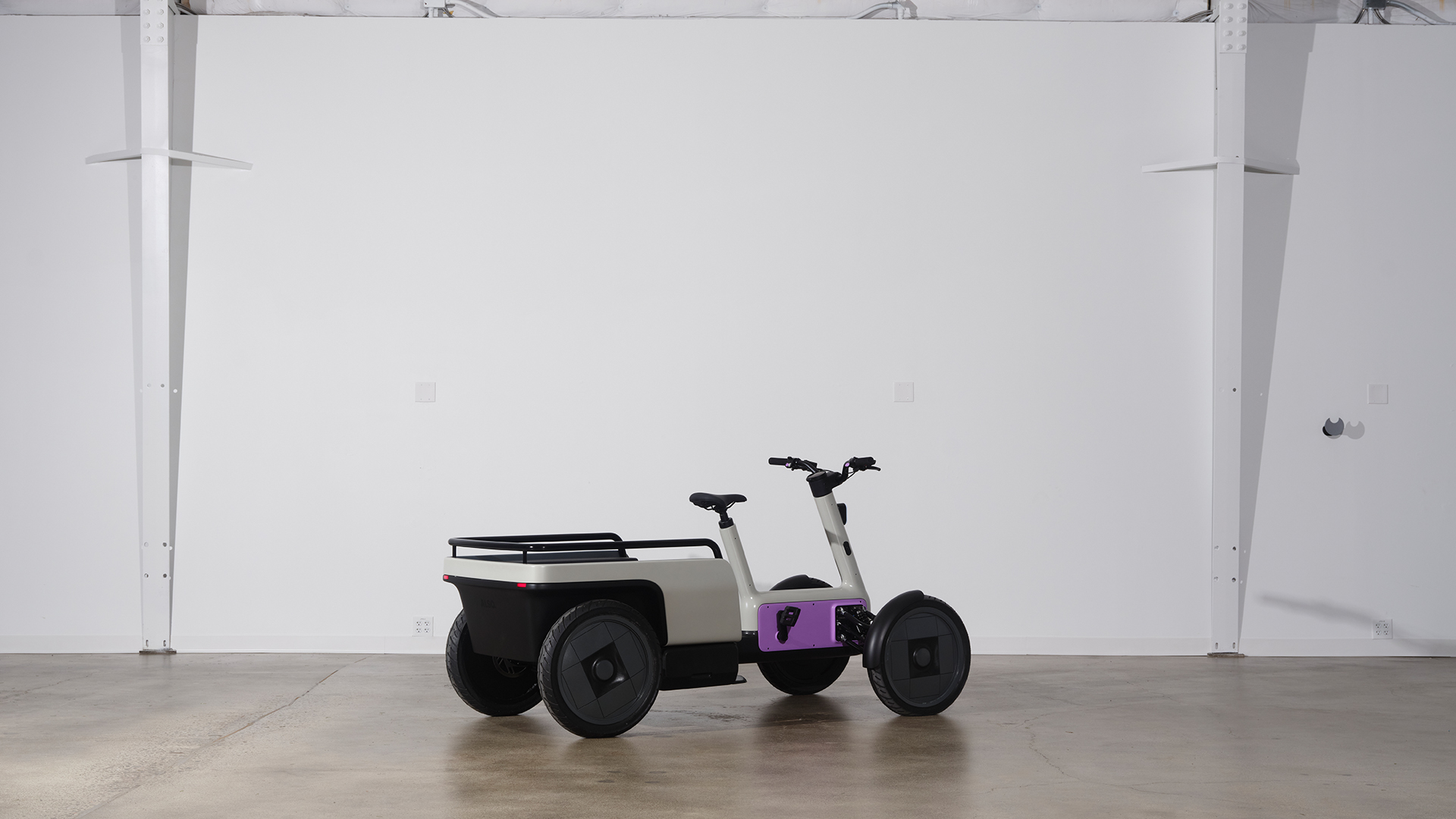
While this weight of technology would usually command an eye-watering price tag, Also believes that it can truly disrupt with its value offering, suggesting that TM-B will start at around the $4,000 mark (about £3,000 / AU$6,150) when it launches in North America early next year.
It is difficult to find an ‘apples for apples’ comparison, given the TM-B’s insane levels of modularity, but the 180Nm of torque on tap, upside-down front forks and up to 100-mile range from the removable battery put it in a league with machines that can cost three times the amount.
Chris Yu claims the ability to lean on Rivian and follow its vision of manufacturing and designing everything in-house reduces the reliance on third-party suppliers, which in turn reduces the overall cost.
Expect to see the first TM-B models hit the market in Rivian stores and select retail outlets in spring 2026, alongside the Alpha Wave helmet, plus a line-up of ‘top frame’ configurations and Also accessories, which include things like panniers, cargo racks, luggage and phone holders.
Follow TechRadar on Google News and add us as a preferred source to get our expert news, reviews, and opinion in your feeds. Make sure to click the Follow button!
And of course you can also follow TechRadar on TikTok for news, reviews, unboxings in video form, and get regular updates from us on WhatsApp too.
The post This modular, pedal-by-wire e-bike could seriously shake up future transport – and it has Rivian’s backing first appeared on TechToday.
This post originally appeared on TechToday.
